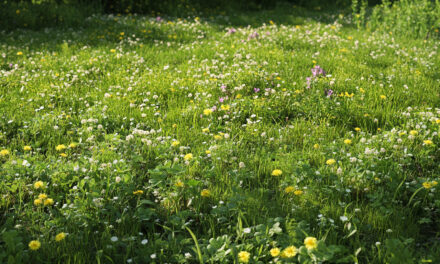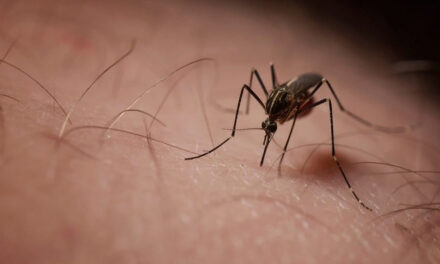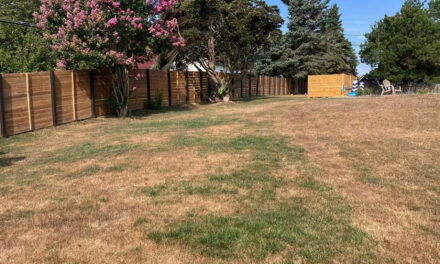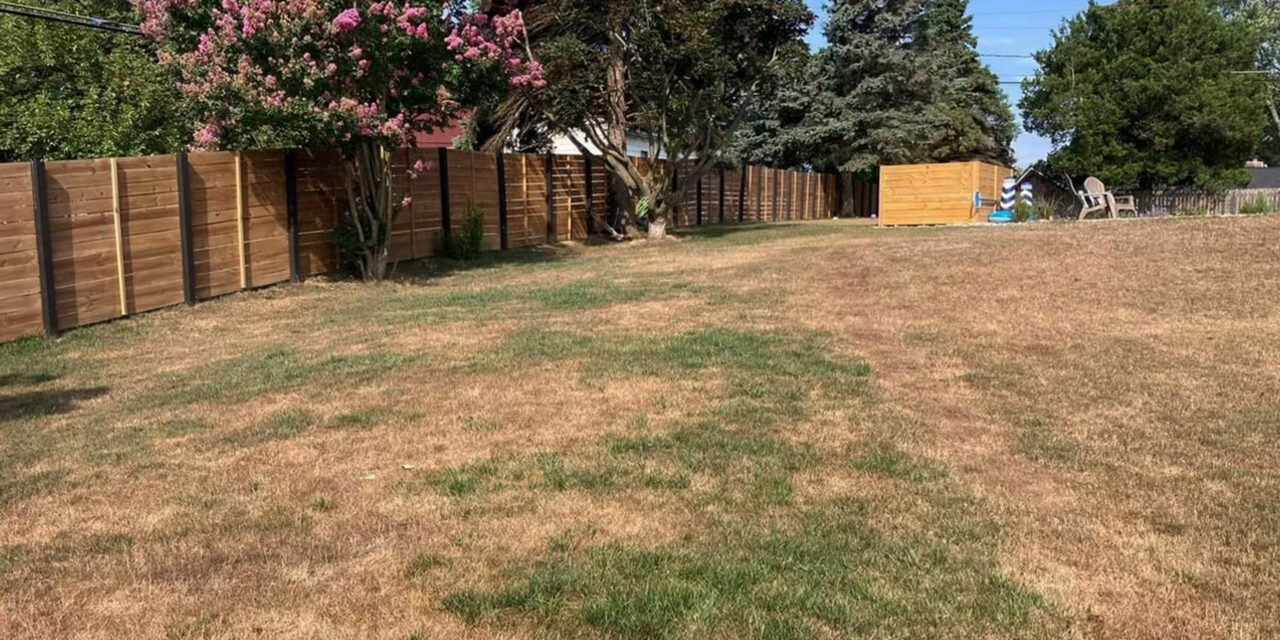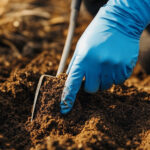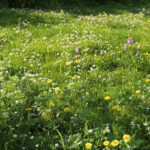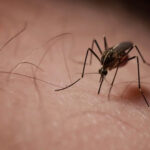As droughts become more frequent and unpredictable, ensuring your lawn is prepared is essential for maintaining its health. For an eco-friendly, environmentally conscious approach, follow these tips to keep your lawn resilient and thriving.
Reduce Thatch Naturally
Thatch is a layer of above-soil runners that should be about 1/2″ (1.25cm) thick. Excessive thatch prevents water and nutrients from reaching grass roots. You can reduce thatch by applying biologically based fertilizers that encourage natural decomposition by earthworms and microorganisms.
Swap Fertilizer for Bio-Stimulants
During droughts, traditional fertilizers can stress your lawn. Instead, use bio-stimulants like sea kelp and humic acid, which are organic potassium-based fertilizers. These helps support your lawn’s water uptake and retain moisture in the stalks for better stability.
Avoid Herbicides
Herbicides can be damaging to drought-stressed lawns and are ineffective on stressed weeds. Instead, focus on maintaining a healthy lawn that can naturally resist weed invasion.
Watering Tips for Drought Conditions
Water Deeply but Infrequently
Encourage your lawn to develop deep root systems by watering thoroughly but not too often. Allow the lawn to dry out between watering sessions. Use the footprint test: if footprints remain compressed for more than a few seconds, it’s time to water. Aim for early morning watering to reduce evaporation, applying one inch (2.5cm) of water in divided sessions.
Mowing Strategies for a Healthy Lawn
Keep Mower Blades Sharp
A sharp blade makes clean cuts, reducing the plant’s healing time and preserving its energy. This helps the grass remain healthy and resilient.
Mow Often, but Not Too Short
Avoid cutting more than one-third of the grass height at once. Set your mower to keep grass between 3.5 and 4 inches tall. Taller grass shades the roots and retains moisture better, enhancing drought tolerance.
Additional Eco-Friendly Lawn Care Tips
Leave Clippings on the Lawn
Grass clippings act as mulch, reducing water loss due to evaporation. Ensure the clippings are thinly spread to avoid contributing to thatch buildup.
Introduce Drought-Resistant Grass
Consider overseeding with drought-resistant grass varieties. These grasses require less water and grow slowly, reducing the need for frequent mowing.
Save and Recycle Water
Install a rain barrel to collect and store rainwater. Use this water for hand-watering specific areas during droughts.
Managing Your Lawn During Drought
Conserve Water
During droughts or water restrictions, maintain your lawn by inducing summer dormancy. Supply just enough water to keep the lawn alive, allowing it to turn brown temporarily. The crown, rhizomes, and roots can survive 4 to 6 weeks without water.
Raise Mowing Height
Increase the mowing height by 25% or more to help shade surface roots and retain moisture.
Limit Foot Traffic
Reduce foot traffic to minimize soil compaction and preserve the lawn’s health.
Identify Hot Spots
Focus watering on areas near buildings and heat-reflecting surfaces, as they tend to be hotter and drier.
Eco-Friendly Landscape Alternatives
Consider Drought-Resistant Landscaping
For areas prone to extended droughts, consider replacing some turf with drought-resistant trees, shrubs, and flowers. Use native perennials, xeriscape techniques, and ground covers suited to your region. Mulch around shrubs and trees to conserve moisture.
After the Drought
Once significant rainfall returns, your lawn should recover within 1-2 weeks. Overseeding in the fall may be necessary to restore any damaged areas.
In Summary:
- Water deeply in the early morning.
- Use bio-stimulants like sea kelp, compost tea, and humic acid.
- Limit lawn use until it recovers.
By adopting these eco-friendly lawn care methods, you can ensure your lawn remains healthy and resilient, even during droughts. For more tips on environmentally friendly lawn and garden products, explore our blog and discover sustainable solutions for your outdoor space.

